India is a country of over 1.3 billion people, yet very little is known about the reality of oral health care in India. The lack of access to affordable and quality dental care, coupled with the high prevalence of dental caries and oral disease, has created a critical situation in India. Despite the alarming situation, there has been limited research done to examine the oral healthcare landscape in India. This article seeks to uncover the reality of oral health care in India, with a focus on the challenges and opportunities that exist. It will also explore the current status of oral health care in India and its implications for the future of oral health in the country. By drawing on data from existing surveys and studies, this article will provide an evidence-based account of the challenges and opportunities facing oral health care in India.
Prevalence of Oral Diseases in India Health Care
Lack of Awareness: Many people in India have limited knowledge about proper oral hygiene practices, preventive care, and the importance of regular dental check-ups. This lack of awareness contributes to a higher prevalence of dental issues and delays in seeking necessary dental treatment.
Inadequate Access to Dental Care: Accessibility to dental services remains a significant challenge in India, especially in rural areas. Limited availability of dental clinics, a shortage of oral healthcare professionals, and long waiting times hinder individuals from receiving timely and quality dental care.
Affordability: Dental treatment can be costly, and the expenses involved often deter individuals from seeking necessary care. Many people in India do not have access to dental insurance or financial support for dental treatments, making it difficult for them to afford essential oral healthcare services.
Inequality in Oral Health Care: Disparities exist in oral health care access and outcomes across different regions and socio-economic groups. The marginalized sections of society often face greater challenges in accessing quality dental care, exacerbating oral health inequalities.

Prevalence of Oral Diseases in India Health Care
Importance of Prevention: Emphasizing preventive measures is crucial in improving oral health care in India. Promoting oral hygiene education, encouraging regular dental check-ups, and implementing community-based preventive programs can help reduce the burden of dental diseases.
Strengthening Dental Infrastructure: To address the gaps in dental care accessibility, there is a need to strengthen the dental infrastructure in both urban and rural areas. This includes increasing the number of dental clinics, improving facilities, and expanding the dental workforce through training and recruitment initiatives.
Oral Health Promotion: Promoting oral health as an integral part of overall well-being is crucial. Encouraging individuals to adopt healthy oral hygiene practices, fostering awareness campaigns, and integrating oral health education into school curricula can go a long way in improving oral health outcomes.
Current Status of Oral Health Care in India
The current state of oral health care in India is far from ideal. A survey conducted by the PHFI found that only 10% of the population had access to basic oral healthcare services. Further, only 5% of the population had access to advanced services such as root canal treatment, crowns, bridges, and dentures. This shows that access to quality dental care is limited in India, particularly in rural and remote areas.
The current situation is further compounded by a lack of qualified and trained dental professionals. According to the PHFI survey, there is a shortage of over 500,000 dental professionals in India. This shortage is mainly due to a lack of adequate training and educational opportunities for dentists. As a result, many dentists are not adequately trained to provide quality care.
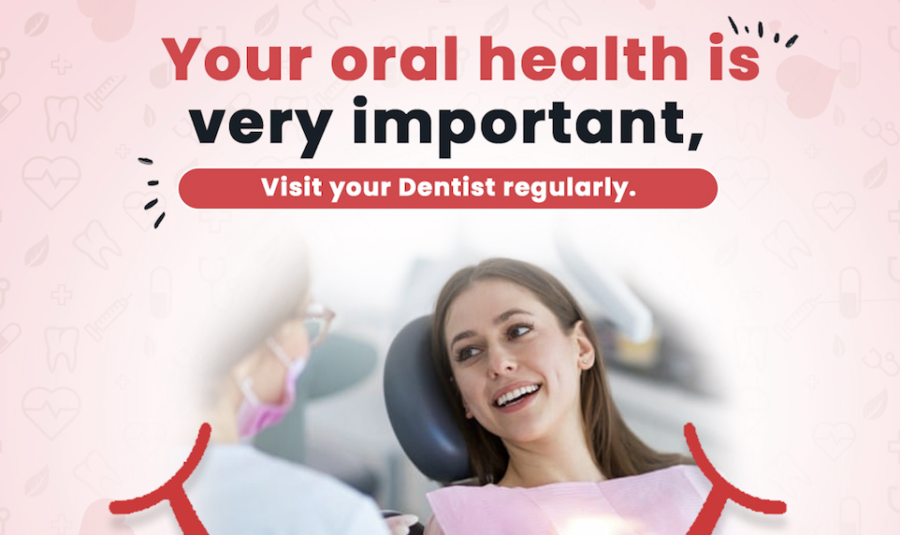
According to a study conducted by the , the prevalence of dental caries among children aged 5-15 years was 98%. This is significantly higher than the global average of 60%. Further, the prevalence of periodontal diseases among adults aged 35-44 years was reported to be 84%. This is higher than the global average of 64%. Moreover, the prevalence of oral cancer in India is believed to be among the highest in the world, with approximately 0.5 million new cases reported each year.
Public Health Foundation of India (PHFI)
These statistics are alarming and demonstrate the need for effective oral health care in India. The high prevalence of oral diseases is in part due to a lack of access to quality dental care. In addition, poor oral hygiene practices and a lack of awareness of the importance of oral health are also contributing factors.
Challenges in Oral Health Care in India
There are numerous challenges facing oral health care in India. Access to quality dental care is a major problem, particularly in rural and remote areas. In addition, there is a lack of awareness about the importance of oral health and the need for regular check-ups. Further, there is a lack of financing and insurance options for dental services, which makes it difficult for people to seek treatment. Additionally, there is a shortage of qualified and trained dental professionals, which has led to inadequate treatment and poor quality care.
Oral Health Care Services in India
Oral healthcare services in India are provided by both the public and private sectors. In the public sector, there are government-run health centers, clinics, and hospitals that provide basic oral health care services. However, access to these services is limited, particularly in rural and remote areas. In the private sector, numerous private clinics and hospitals offer a range of services, including advanced dental procedures such as root canal treatment, crowns, bridges, and dentures. However, access to these services is often limited due to the high cost. Additionally, there is a lack of qualified and trained professionals in the private sector, which has led to inadequate treatment and poor quality care.
Financing and Accessibility of Oral Health Care in India
Financing and accessibility of oral health care in India are major issues. According to the PHFI survey, only 10% of the population had access to basic oral health care services, and only 5% had access to advanced services. This is mainly due to a lack of financing and insurance options for dental services. Additionally, the high cost of treatment often makes it difficult for people to seek treatment.
To address this issue, there is a need to increase access to financing and insurance options for dental services. This can be done by providing tax deductions for dental services and by introducing insurance schemes for dental care. Additionally, there is a need to reduce the cost of treatment. This can be done by leveraging existing technologies such as telemedicine and virtual reality to reduce the cost of treatment.
Awareness and Promotion of Oral Health in India
Awareness and promotion of oral health in India is also an important issue. Despite the high prevalence of oral diseases, there is a lack of awareness about the importance of oral health and the need for regular check-ups. This is mainly due to a lack of public awareness campaigns and initiatives. To address this issue, there is a need to launch campaigns and initiatives to educate people about oral health. This can be done through public health messages, advertisements, and health education programs.
High Prevalence of Dental Diseases: India is grappling with a significant burden of dental diseases, including tooth decay, gum diseases, and oral cancers. Poor oral hygiene practices, unhealthy diets, tobacco use, and limited access to dental care contribute to the widespread prevalence of these conditions.
Limited Awareness and Education: There is a need for increased awareness and education about oral health among the general population. Many individuals lack knowledge about proper oral hygiene practices, preventive measures, and the importance of regular dental check-ups. Educational initiatives can play a crucial role in promoting oral health literacy.
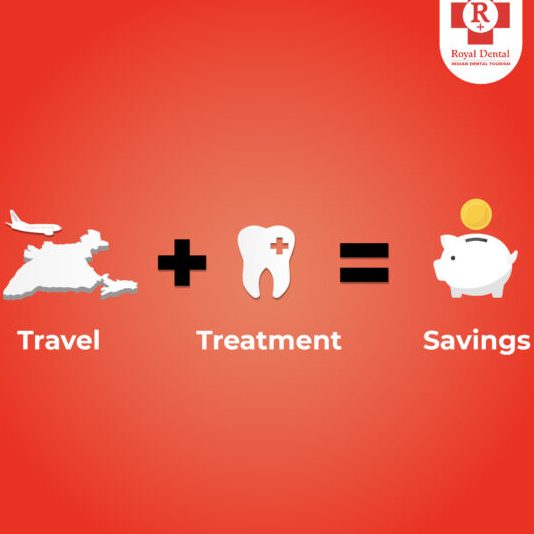
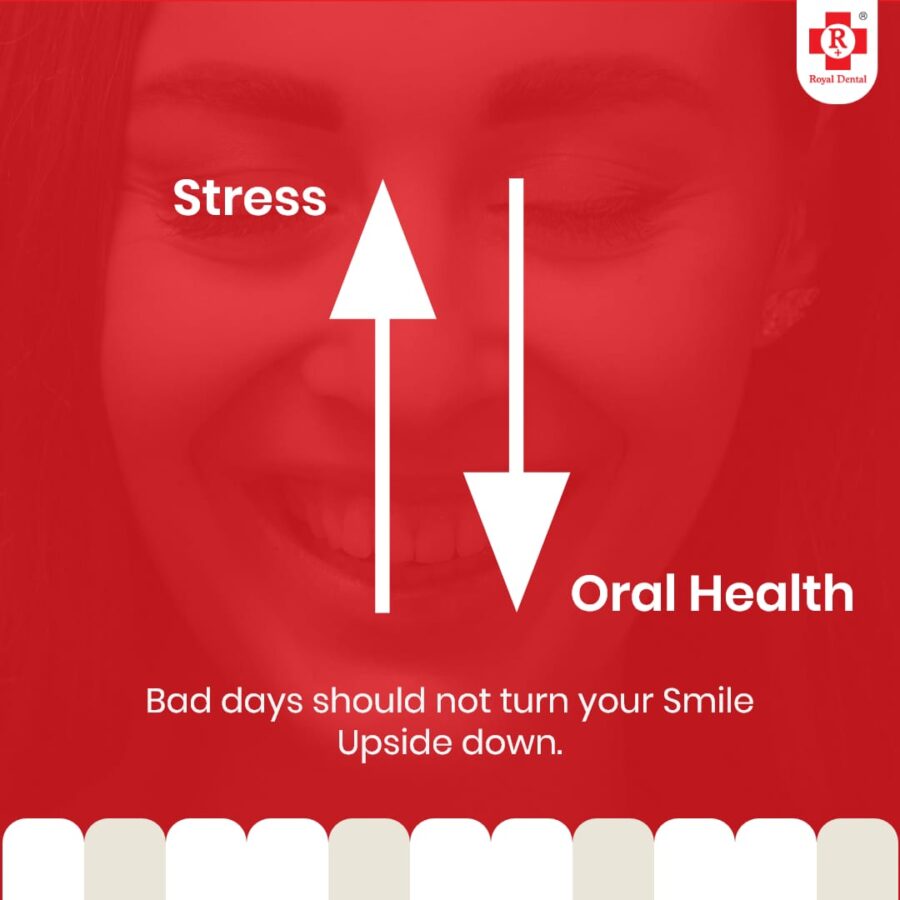
Awareness and Promotion of Oral Health in India
Shortage of Dental Professionals: India faces a shortage of dental professionals, particularly in rural areas. The concentration of oral health care providers in urban centers limits the accessibility of dental services in remote regions, where the need is often higher.
Oral Health Disparities: There are notable disparities in oral health care access and outcomes among different socio-economic groups, regions, and demographic segments. Marginalized populations, including lower-income individuals, tribal communities, and rural populations, are more likely to face challenges in accessing quality dental care.
Government Initiatives and Policy Reforms: The government of India has initiated various programs and policies to improve oral health care. This includes the National Oral Health Program, which focuses on preventive measures, oral health promotion, and treatment for school children. Continued support and investment in oral health initiatives are vital for sustainable improvements.
Impact of Technology on Oral Health Care in India
Technology has had a significant impact on oral health care in India. Technology has enabled the delivery of more efficient and cost-effective services. For example, telemedicine and virtual reality have been used to diagnose and treat patients remotely. Additionally, 3D printing has been used to create custom-made dentures and dental prostheses.
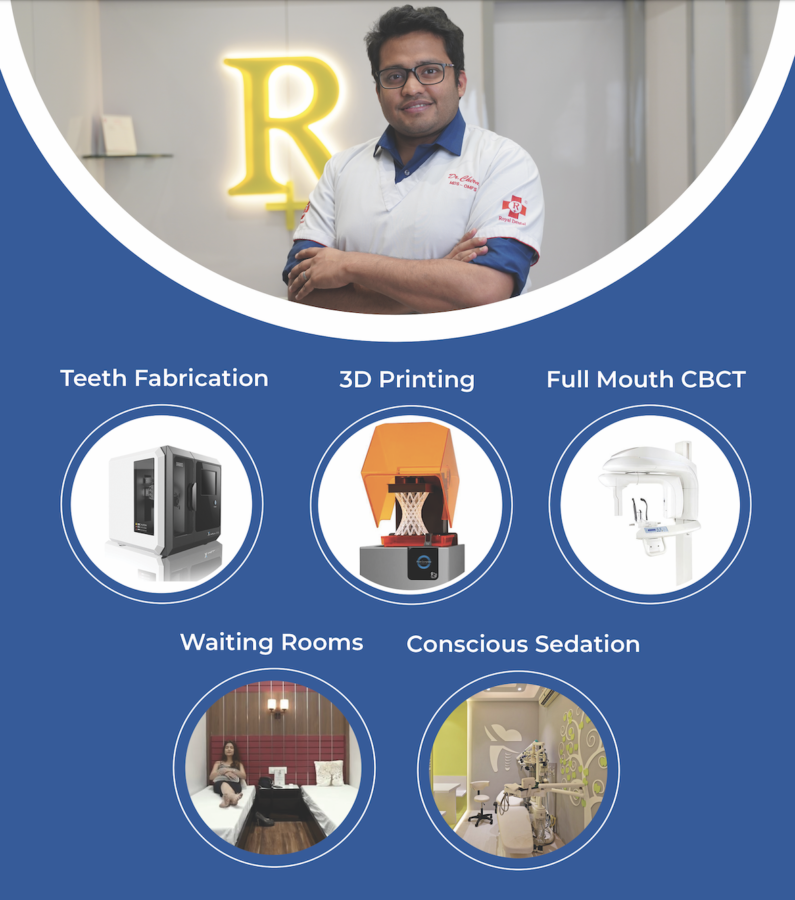
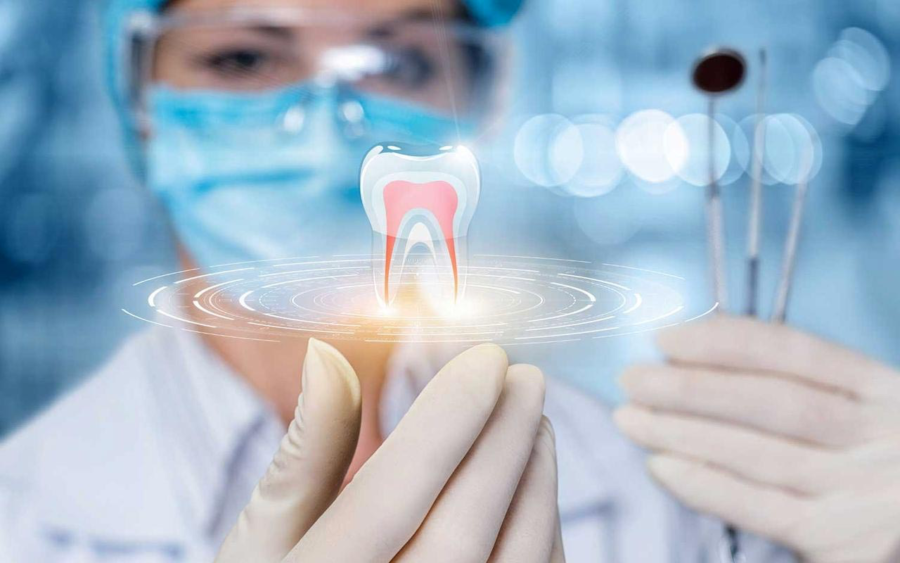
Furthermore, technology has enabled the development of advanced diagnostic tools such as digital X-rays and laser scanners. These tools have enabled dentists to diagnose and treat patients more accurately and effectively. Finally, technology has enabled the development of online platforms for booking appointments and ordering dental products.
Conclusion
Dental health care in India is in a critical state. The high prevalence of oral diseases, coupled with a lack of access to quality dental care, has created a major public health issue. However, there are numerous opportunities to improve the situation. By increasing access to financing and insurance options, raising awareness about the importance of oral health, and leveraging existing technologies, the situation can be improved. It is important to take action to ensure that everyone in India has access to quality oral health care.






